With their massive dark wooden beams, whitewashed exteriors and grass-thatched roofs held together without the support of a single nail, bolt or piece of metal, it’s easy to see why architects from around the world marvel at the craftsmanship of traditional Japanese minka farmhouses. Unlike modern Japanese houses, which typically are around for only 20 or 30 years, minka farmhouses have been passed down from generation to generation with some of them dating back to nearly three hundred years ago.
Nowhere is the cultural significance of minkas more evident than in Shirakawa-go and Gokayama in Gifu prefecture. Recognized as a World Heritage Site by UNESCO in 1995, it is as if time has stood still in these farming villages. The tranquility and mystique of the minkas tell of a time when it was customary for several generations of a family to live together and raise silkworms in the attic. These massive farmhouses, which can take up as much as 300 square meters, were originally built because there was not enough land available for families to build separate homes for different family members. Minkas were seen as an affordable way of providing housing to many generations and also made tax collection easier for government officials.
The communal way of life that was so common generations ago is reflected in the building of the minkas. Considered the heart of the minka, the recognizable high-peaked, slanted roofs that are elegantly cloaked in snow during the winter, required the teamwork of the entire village to create. Made from dried grass and straw, the roof not only sheltered the house from rain and snow but also acted as a chimney letting the smoke that rose from the fireplace on the first floor to freely pass to the outside.
Though considered architectural masterpieces, up until recently, minkas were in grave danger of disappearing altogether from the Japanese countryside as Japanese abandoned the countryside in favor of the city or replaced their traditional houses with modern European-American style residences. But, ironically, the trend has reversed as a significant number of retired city dwellers, who are tired of the urban life-style, are returning to the countryside to live in minkas. Not only does the minka provide respite from the bustling and emotionally draining city, but also it is increasingly recognized as an eco-friendly, sustainable type of architecture. All of the raw materials such as wood, straw, bamboo and clay that are used to build a minka are taken from its surrounding environment and designed in a way that they are organically linked to the environment. Since they are built to be more durable than regular modern homes, minkas are strong enough to withstand an earthquake and can be lived in for many generations, as evidenced by their centuries old existence.
To meet the growing demand for minkas, the Tokyo-based Japan Minka Reuse and Recycle Association (JMRA) was established in 1997. The NPO, which has more than 2,000 members, introduces people interested in restoring and owning a minka to people who want to part with theirs. The JMRA has a so-called “minka bank” which lists minkas that are free for the taking. Although all the minkas are free, owners are required to pay for the cost of dismantling, transporting and reconstructing the structures, which can cost anywhere from 30 to 40 million yen to into the billions. But many owners find this a small price to pay for the chance to live in one of these spacious rustic homes. Indeed, many find joy in breathing new life into these fading treasures by incorporating modern amenities into their farmhouse. The addition of heated wooden floors, a billiards room, and in one case a red spiral staircase, are just some of the ways owners have modernized their minkas. Some minkas have even been converted into art galleries or restaurants.
But it’s not just the Japanese that have taken note of the unadorned beauty of the minkas. Several of them have been exported to places as far as England and Argentina. Unlike a regular Western house, minkas are built in a way that they can be taken apart, piece by piece, and then put back together like one giant jigsaw puzzle. Not only does this make shipping the pieces abroad easier, but it is also exhibits one of the unique features of Japanese carpentry that is renowned around the world.
Some restorers and admirers worry that this distinct form of Japanese carpentry will be compromised, as the skilled carpenters who are experts in assembling the minkas grow old and decrease in number. However, the current renewed interest in these historic houses gives hope that a new generation will carry on the artistry that was once so prevalent in the Japanese countryside.
Story by Erika Wiseberg
From J SELECT Magazine, June 2009




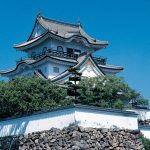


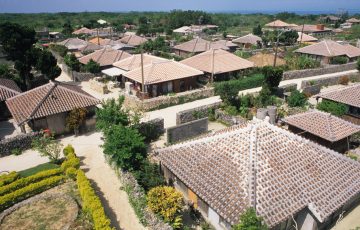
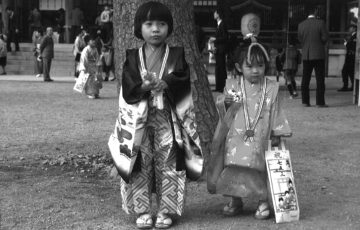

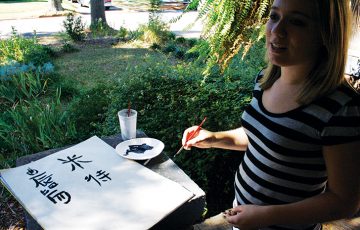
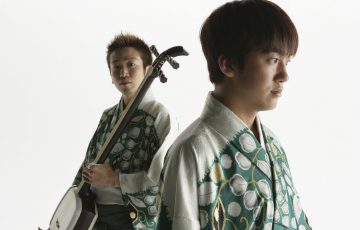
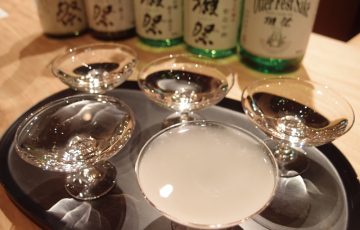


Recent Comments